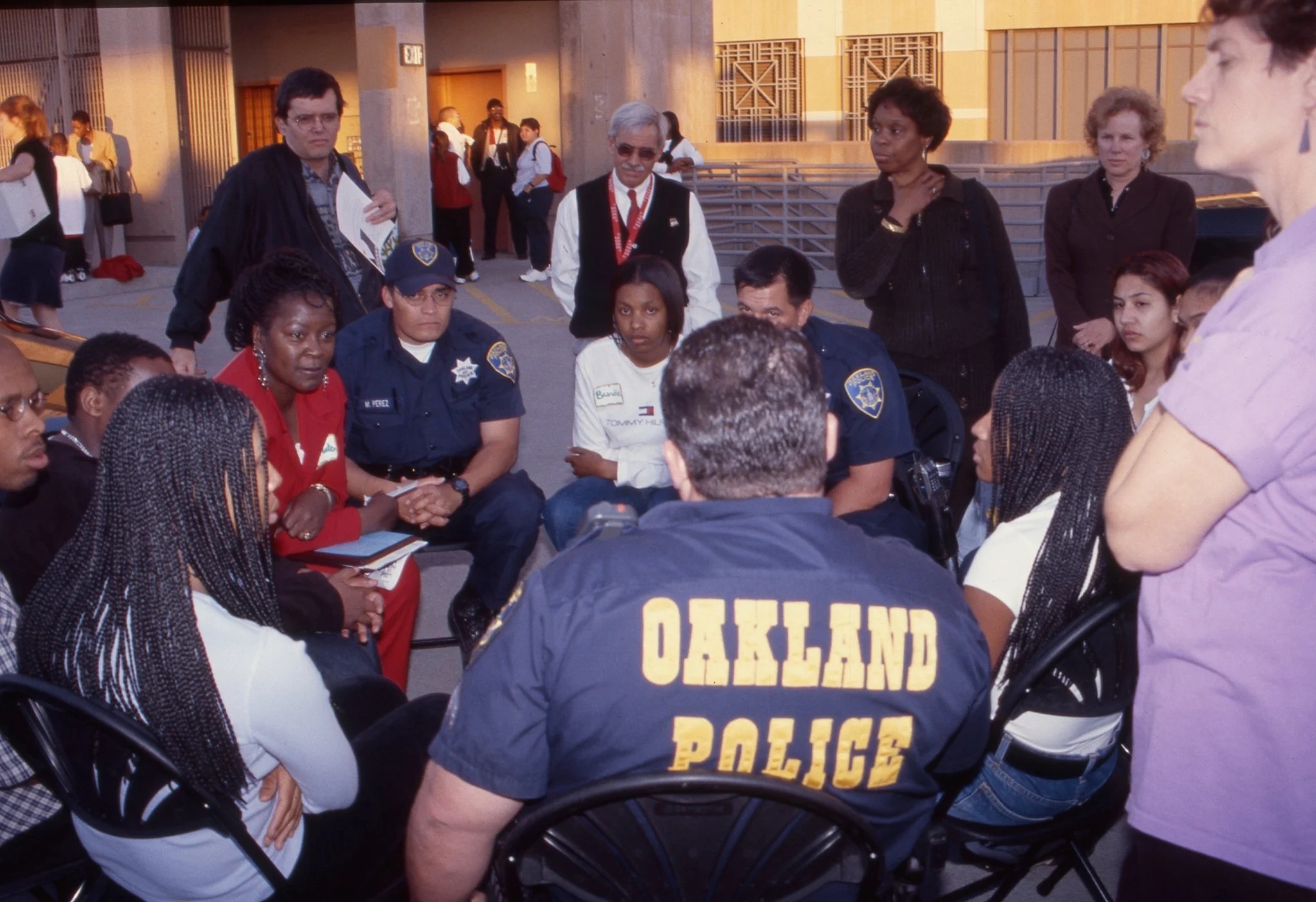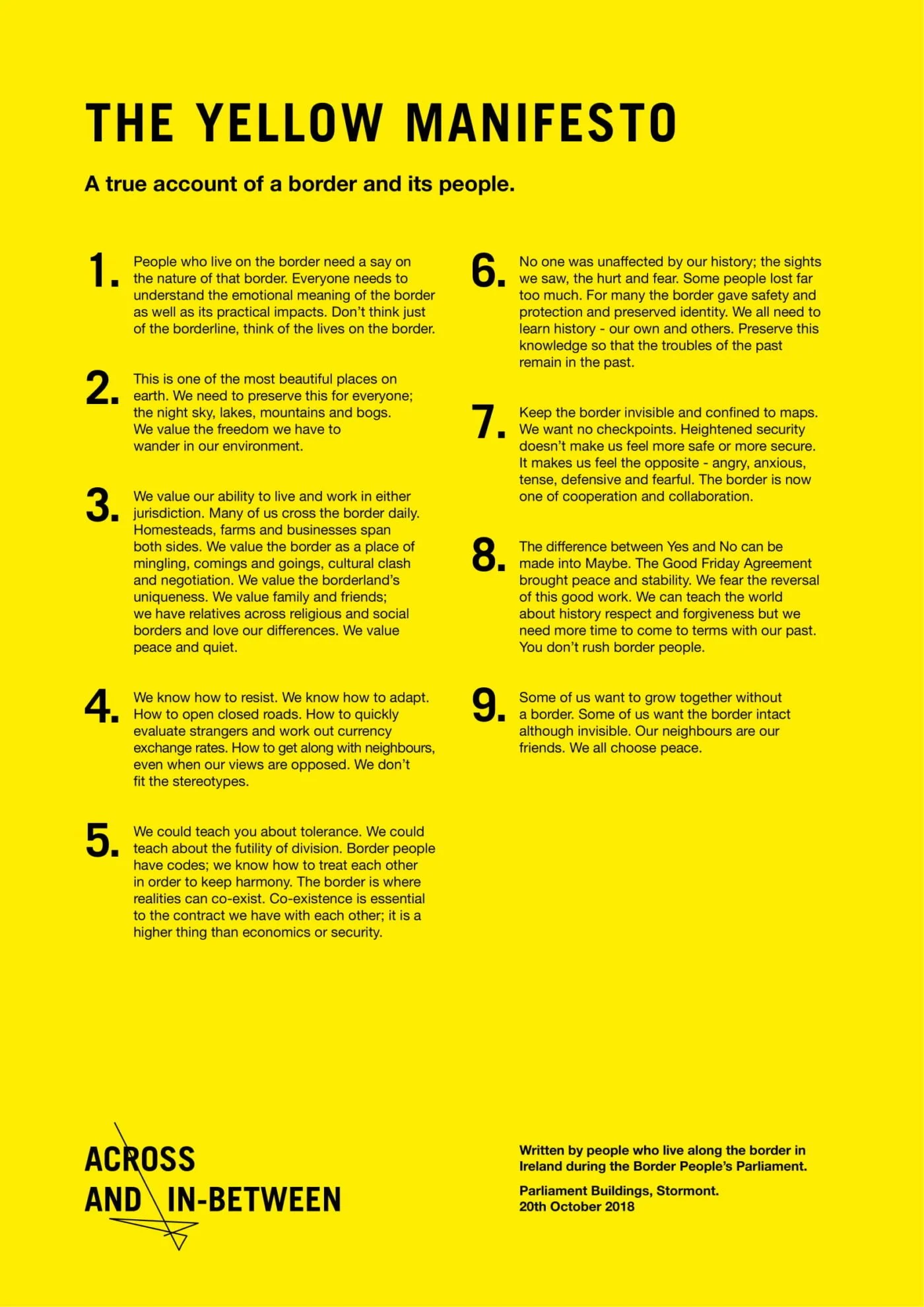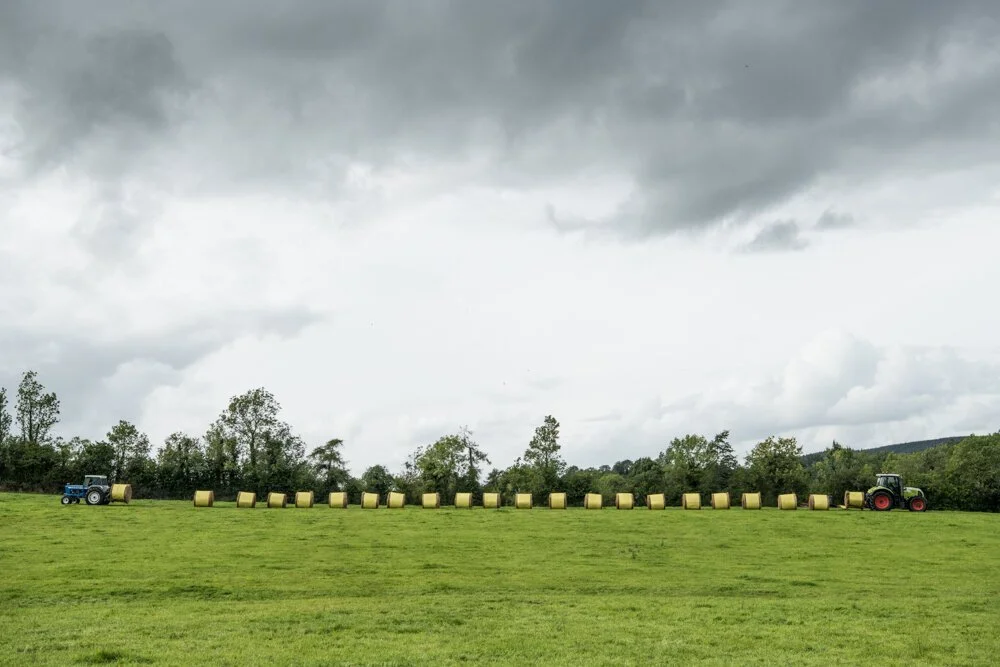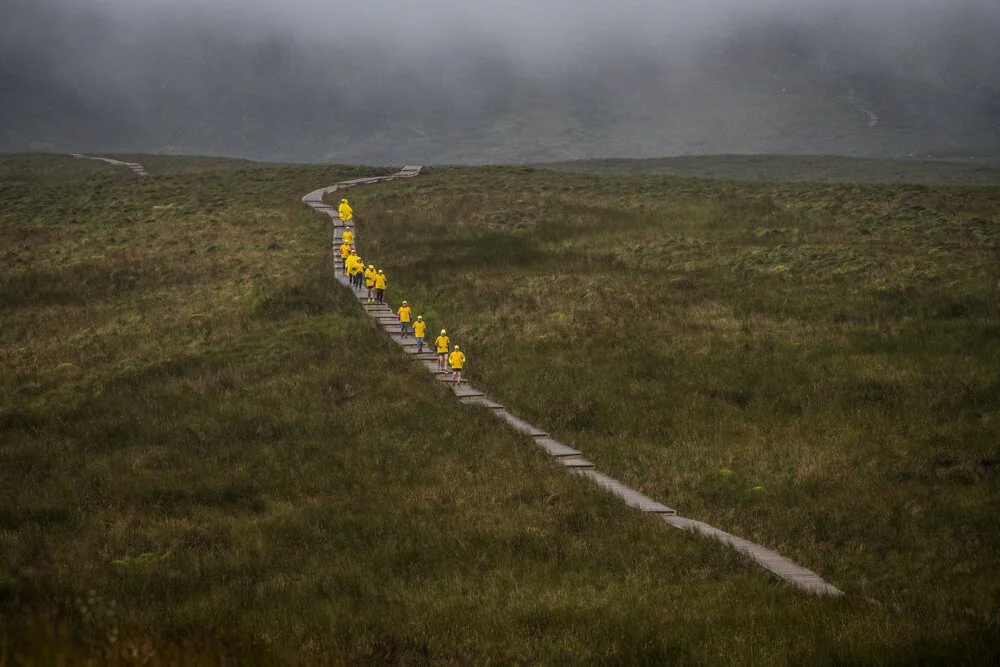‘What Kind of City?’ @ The Whitworth
Every journey to collective betterment starts with a single step and American social artist Suzanne Lacy is always willing to take it. Coining the term ‘New Genre Public Art’ in the early 90s, she blends art with activism to inspire and implement real change. Her work does not only reside on white walls within a gallery but warmly extends outward like a mother reaching for her child, both leading and protecting, with community at its heart and collaboration in its lungs. Marking Lacy’s first solo exhibition in the UK at the Whitworth in Manchester, What Kind of City? is no exception and asks just as many questions as it answers.
The Whitworth, Manchester, UK. Photo by Alison Lo.
Originally founded in 1889 as the Whitworth Institute and Park, the Whitworth is part of the University of Manchester. Just as the building has evolved over a century, its mission continues to evolve as well. Dressed in a crimson red-brick gown of Edwardian style, it was originally erected as an ode to the people of Manchester but has since expanded to a self-proclaimed “green gallery in a green park” concerned with sustainability and dedicated to presenting art that utilises community participation to facilitate international discourse and drive social change.
Suzanne Lacy, Julio César Morales and Unique Holland, Code 33: Emergency, Clear the Air! from The Oakland Projects, 1997-99. Photograph by Kelli Yon. Source: Suzanne Lacy.
Responding to the ongoing COVID-19 pandemic, What Kind of City? seeks to do just that by bringing together multiple collaborative works created by Lacy over thirty years that mobilise and engage local communities, including The Oakland Projects (1991-2001) and Across and In-Between (2018), both just as impassioned and relevant today. Tackling hefty interwoven social topics such as borders, youth development, ageing, gender, race, employment, and public policies through a variety of mediums including performance, photography, film, and documentation, Lacy’s assemblage raises the question of how we will rebuild cities in a post-pandemic world. By erasing the space between participant and audience member and viewing these works as they relate to our present reality, two questions linger in the air as you walk through the gallery. How would you like to transform the city you’re living in? In a world where we are more connected than ever, why are we still so disconnected?
Suzanne Lacy and Cian Smyth with Helen Sharp, Garrett Carr, Eva Grosman, Helen Sharp, Helen Sloan, Pedro Rebelo, Mark Thomas and Soap, Inc., Across and In-Between, 2018. Photograph: Helen Sloan SMPSP and Ross Mulhall. Source: Suzanne Lacy.
Across and In-Between is a highlight of the exhibition sitting at the heart of the gallery. Its first component, Border People’s Parliament, is comprised of 102 black and white portraits arranged in grids on three engulfing walls, depicting people that live close to the border separating Northern Ireland from the Republic. Supported by audio recordings reverberating their names, hometowns, and distance from the border, you’re invited into their lives as you meet their gaze. The project was born at the height of the burning Brexit negotiations in 2018 when Lacy visited the border and conversed with local inhabitants regarding the island’s future as part of a planned event/performance hybrid where their photographs were taken, and their conversations recorded. What did they have to say about the liminal space they occupy?
Suzanne Lacy, Across and In-Between: The Yellow Manifesto, 2018. A manifesto of concerns drawn together by Garrett Carr from comments by 150 border residents. Source: Suzanne Lacy.
Shadowed in a history of constant political disputes, the island would face yet another disintegration with the UK’s departure from the EU, and later, over dinner, more than 300 of Lacy’s collaborators drafted The Yellow Manifesto – A True Account of a Border and its People in an exploration of the in-between space that pervades border life. Across the gallery is the manifesto in poster form, pinned to the wall at the mouth of a darkened hall. Poignantly summarised in its final point -
“Some of us want to grow together without a border. Some of us want the border intact although invisible. Our neighbours are our friends. We all choose peace.”
At the border of art and politics, it takes actions like Lacy’s to amplify their voices and further the conversation. “The artwork explores inverse paradigms – visible and invisible, official and unofficial, rural and urban, the real border and imagined ones,” she notes. These concepts are further explored inside the hall in video form through The Yellow Line with a mega three-screen projection depicting a border being drawn by local participants in a variety of yellow forms; kites flying high, hay bales strategically placed on a field, and horses galloping across paint pigment, to name a few.
Suzanne Lacy and Cian Smyth with Helen Sharp, Garrett Carr, Eva Grosman, Helen Sharp, Helen Sloan, Pedro Rebelo, Mark Thomas and Soap, Inc., Across and In-Between, 2018. Photograph: Helen Sloan SMPSP and Ross Mulhall. Source: Suzanne Lacy.
As seen with the Berlin Wall and The Wall between the US and Mexico, borders have historically been political constructs built by an authority to distinguish and separate. However, history also shows us how this unnecessary division can be effectively toppled by the people. This message threads through The Yellow Line as the participants erase, rebuild, and take ownership of a new border; one of their own will that is created through cathartic restoration.
Suzanne Lacy and Cian Smyth with Helen Sharp, Garrett Carr, Eva Grosman, Helen Sharp, Helen Sloan, Pedro Rebelo, Mark Thomas and Soap, Inc., Across and In-Between, 2018. Photograph: Helen Sloan SMPSP and Ross Mulhall. Source: Suzanne Lacy.
Joseph Beuys’ coined the term ‘social sculpture’ in the 70s, believing that everything is art, everyone has the potential to be an artist, and life is a social sculpture shaped by the participation of the collective. This notion has always been central to Lacy’s work. In her own words, “Art has a lot to do with solving problems. Art affirms identity. Art gives voice. Art expresses difference, and it expresses consensus. Art brings up issues.” If the world is a canvas, consider Lacy the brush and community her paint.
The Whitworth’s Gallery in the Park, Manchester, UK. Photo by Rhiannon Roberts.
As you move through the entirety of the exhibition, the Whitworth’s expansive floor-to-ceiling windows provide a panoramic view of its Gallery in the Park – ending a journey cutting across lives and stories in different societies and times with a beautiful afternoon in Manchester to march on.
What Kind of City? is on view until 10 April 2022 at the Whitworth in Manchester. It is presented in partnership with Manchester Art Gallery which is concurrently presenting two of Lacy’s additional Manchester projects, Uncertain Futures and Cleaning Conditions. A trailer for Across and In-Between: A Yellow Line can be viewed here.
Alison Lo and Rhiannon Roberts
Contributing Writer and Editor In Chief, MADE IN BED








